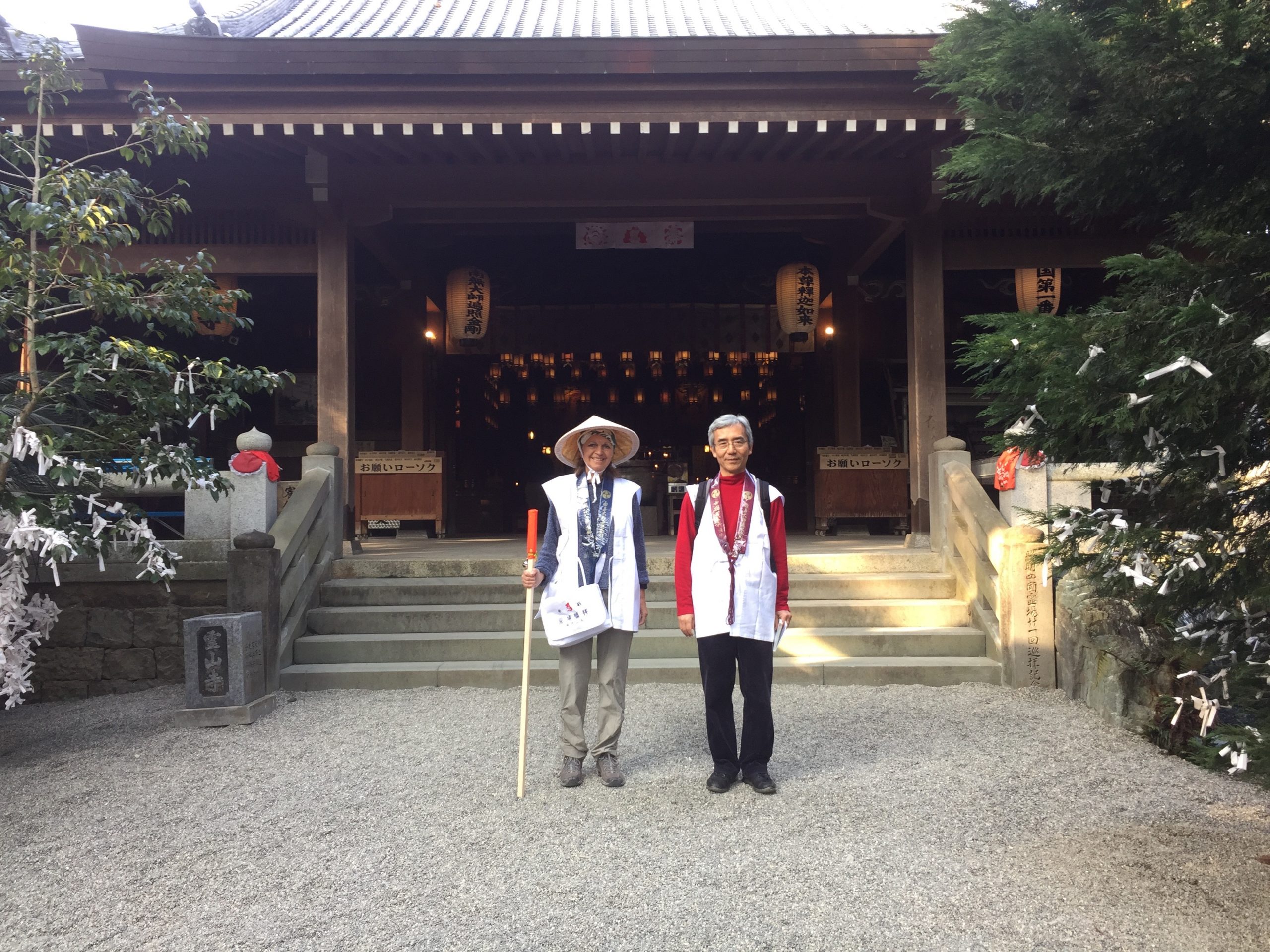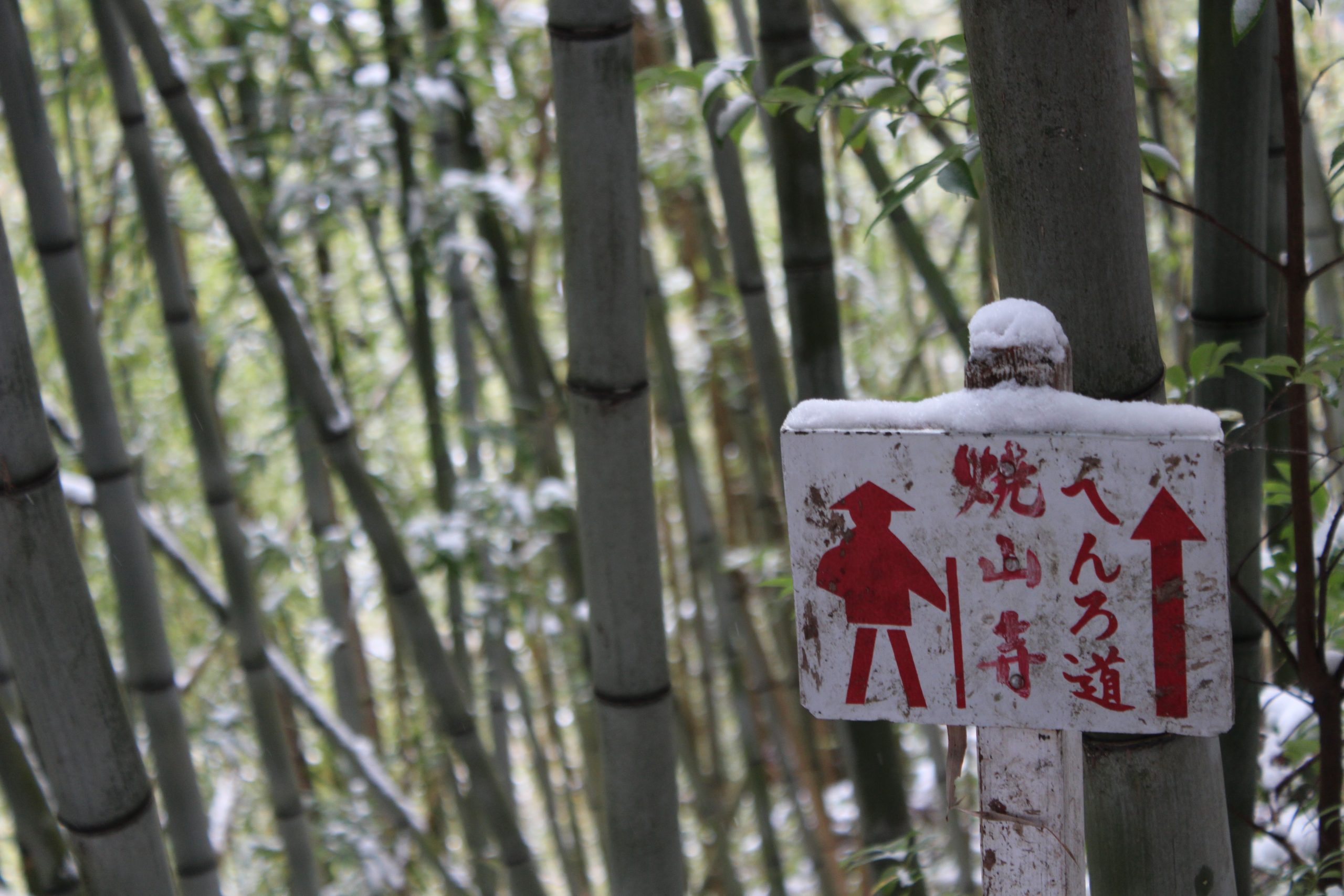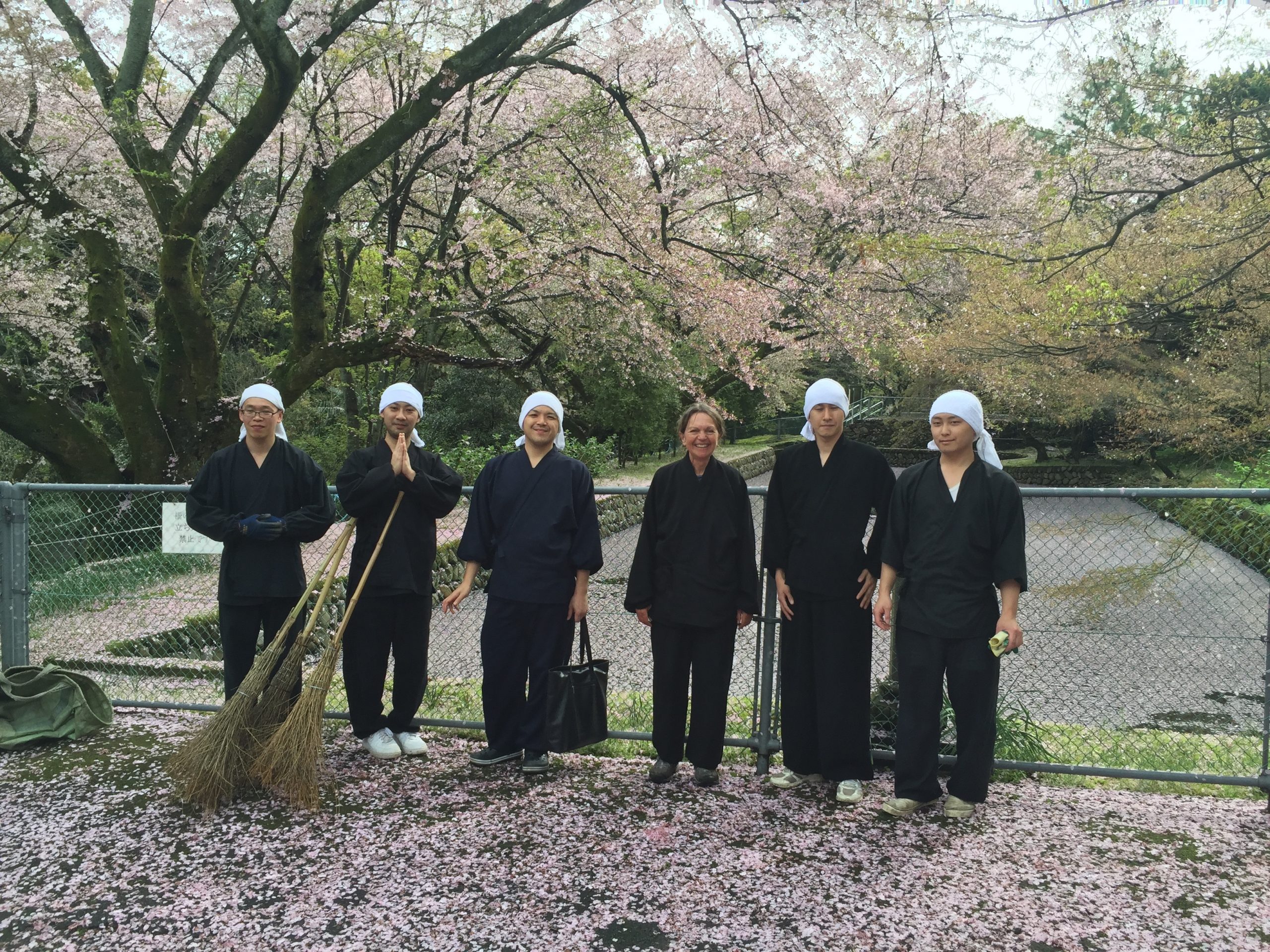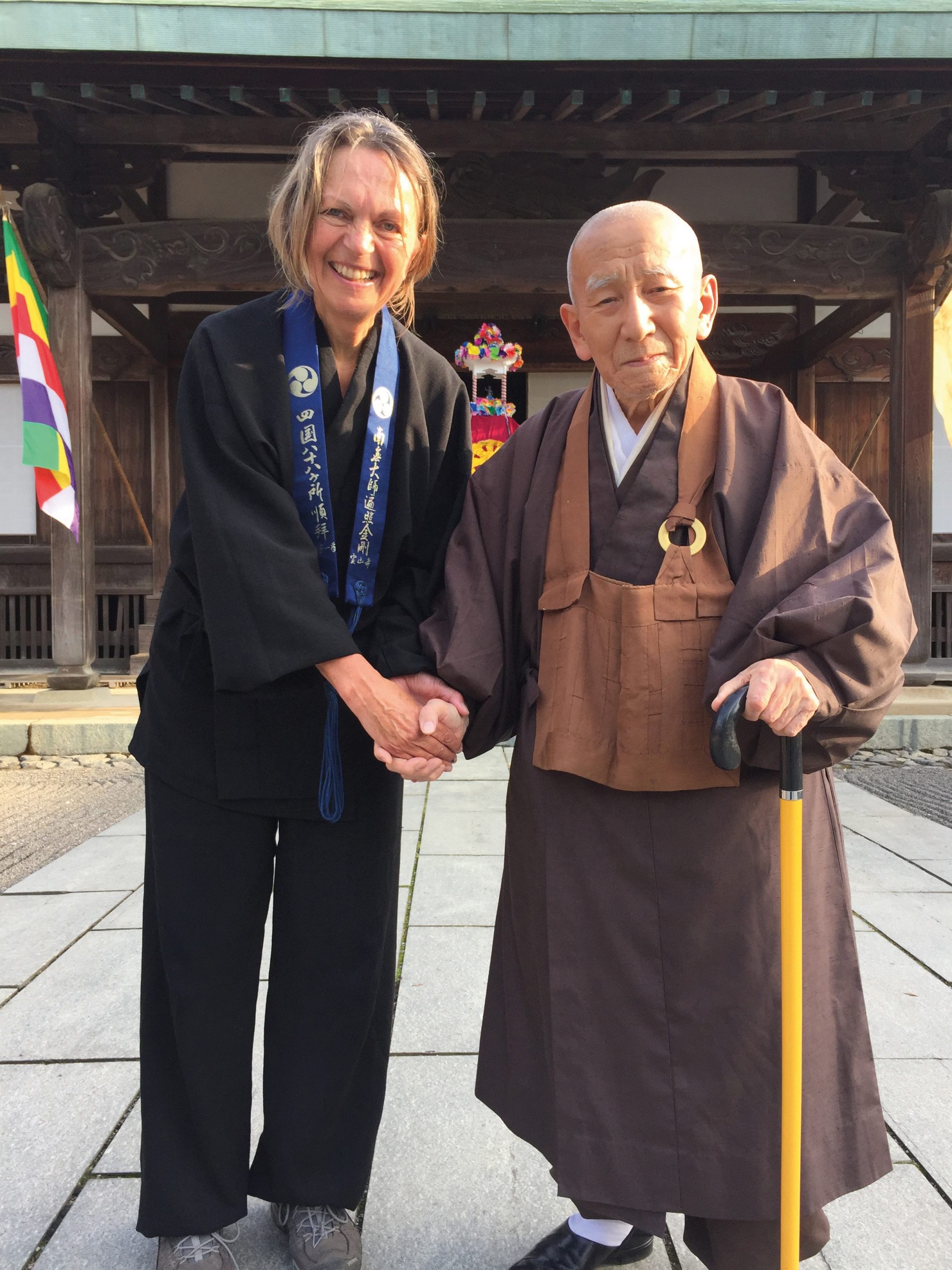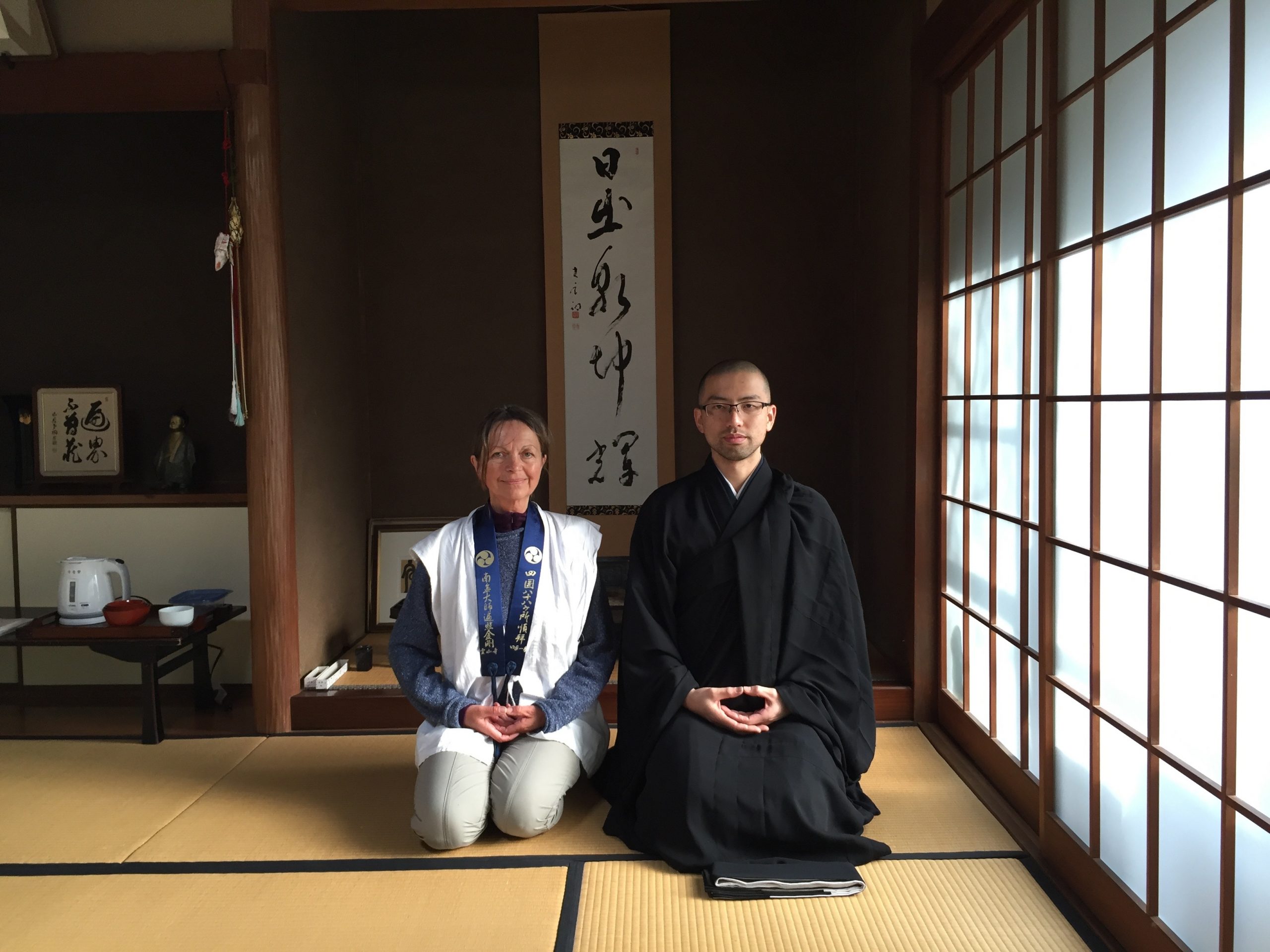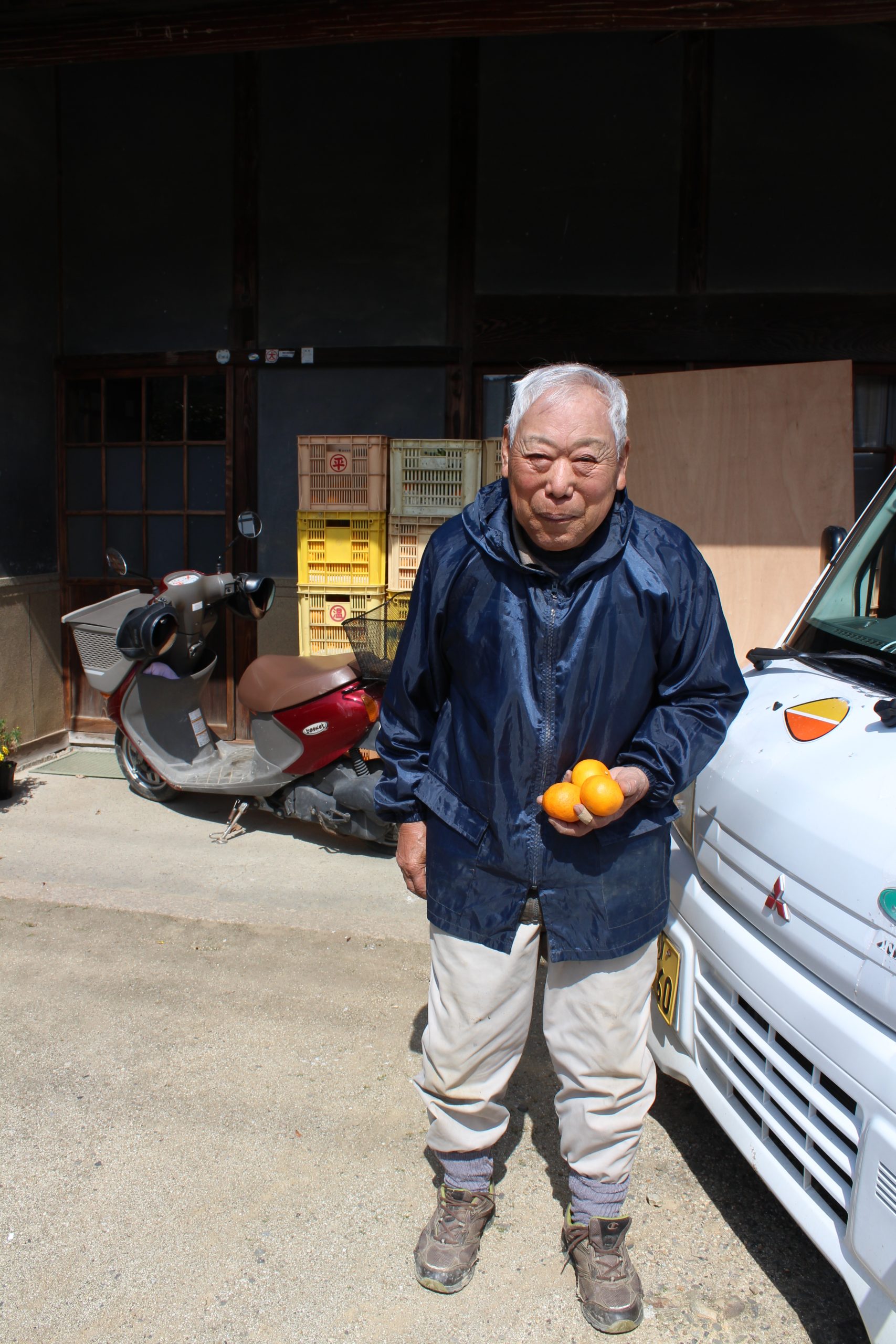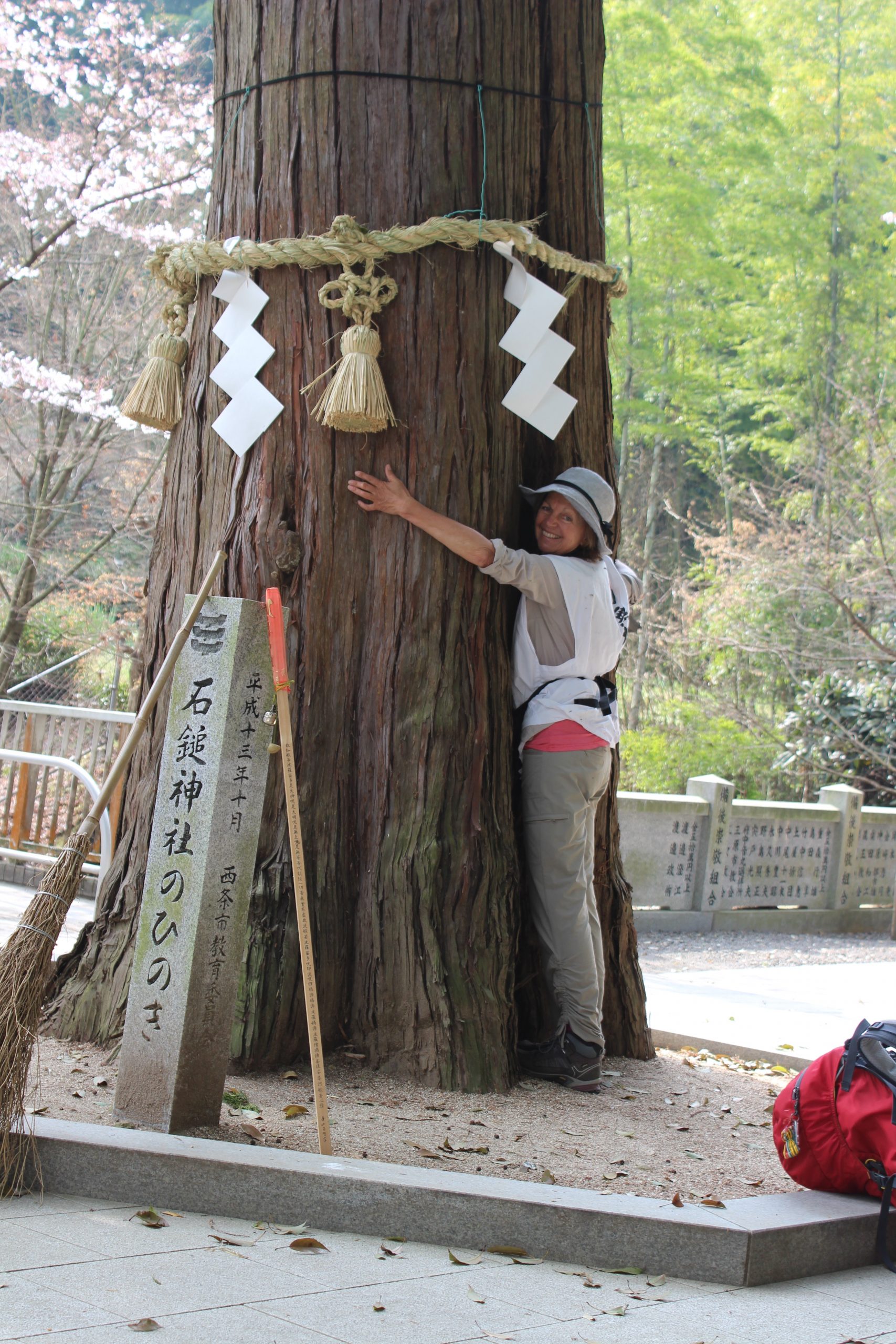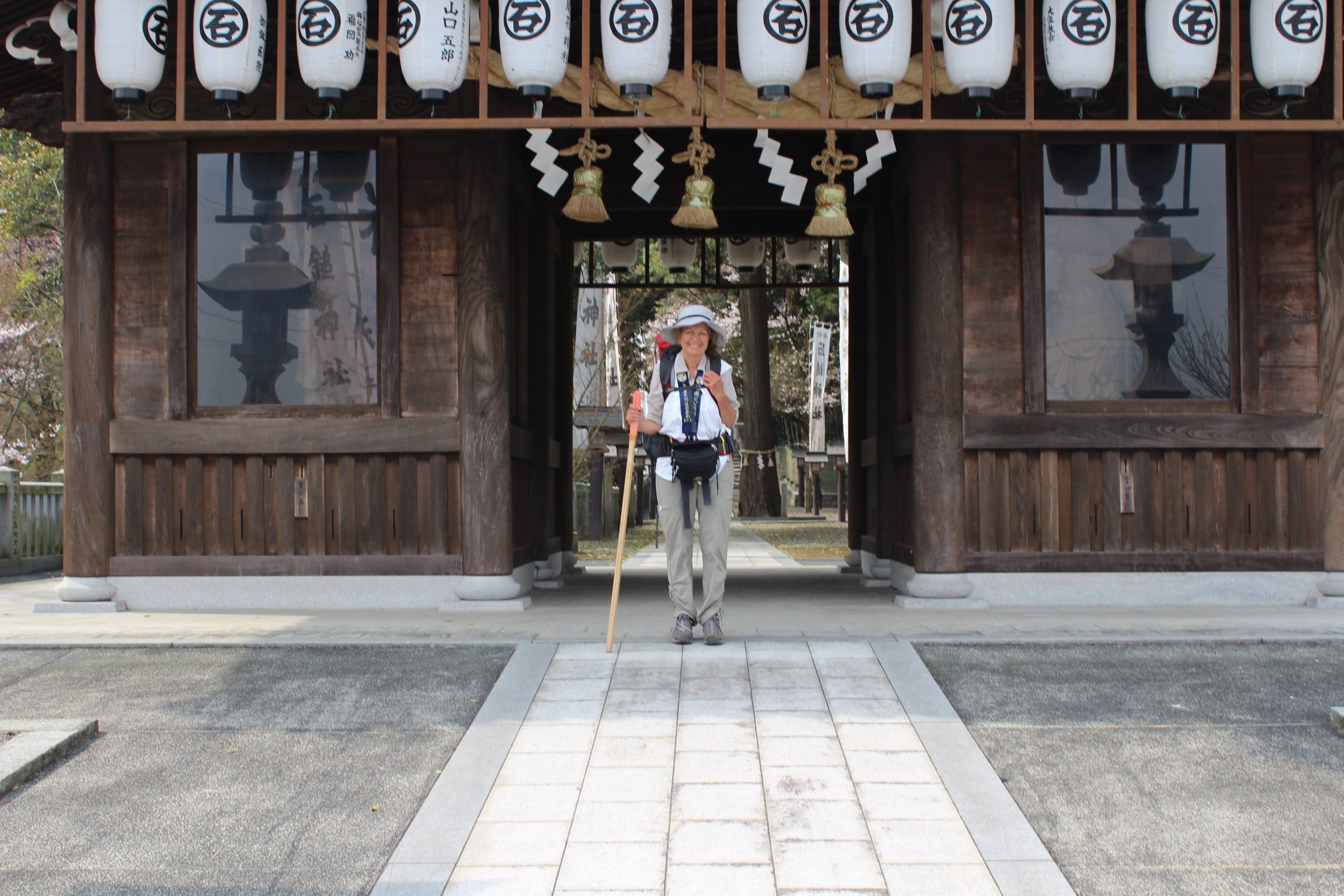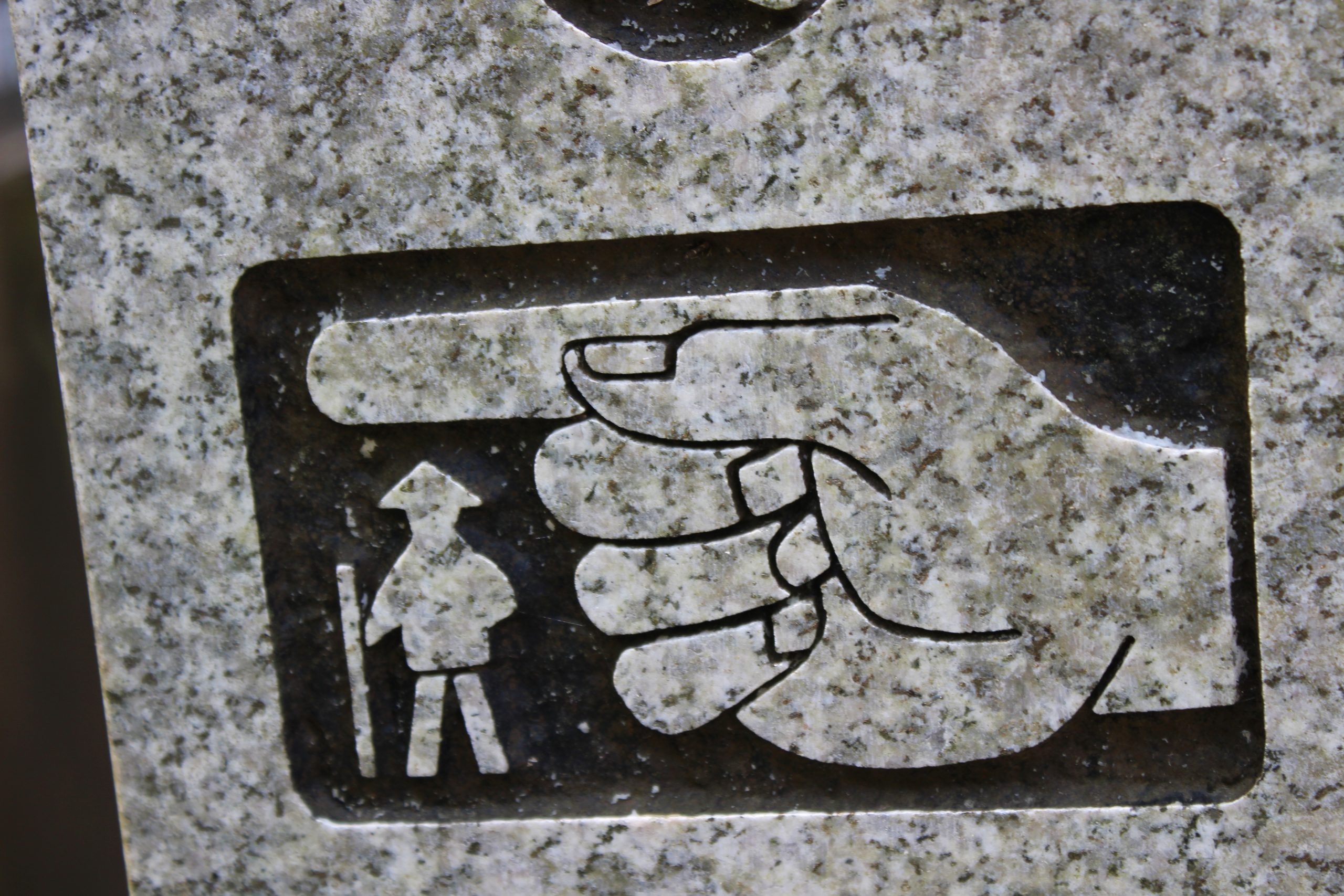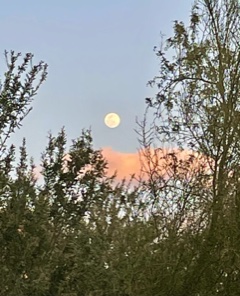My 88-Temple-Hike in Shikoku
Though this hike was a secret wish deep in my heart for many years, I would not have thought that, one day, I would go this path alone. The country was foreign to me, I did not speak a single word of Japanese, and the 1,200 km route is very long. However, many different circumstances later, on March 1, 2016, I passed the temple gate of Ryōzenji (temple 1). I had dared to make the first step and was ready to take on the challenges of a 54-day hike.
When I prepared for the pilgrimage, I did not know that the 88-temple pilgrimage is based on Kukai or Kobo Daishi, who was born in Shikoku about 1 200 years ago. I was surprised to learn that the pilgrimage goes back to the time when Kukai still was alive and continued without interruption up to today. However, the most astonishing fact I found out that nearly all of the pilgrims today are bus pilgrims. Out of 200 000 pilgrims a year, only about 2000 take the hardship of walking the route.
For me, walking a pilgrimage is crucial. When walking in solitude, one can practice deep listening, which opens the heart to everything that is. It is a walk into the world of not knowing, which allows the world to come forward in every experience. One learns to trust in life. I think that a walking pilgrim is an adventurer ready to take risks. Taking risks and stepping out of the habitual life means to face one’s own vulnerability, which needs courage and endurance. By stepping out of the self-imposed limitations, it is possible to discover in depth the inner physical and mental landscape.
In general, by walking several days in solitude, the heart fills with joy and gratefulness. The beauty of the world steps forward and each moment becomes precious. The journey itself is the goal and not so much the sacred sites. However, in Shikoku, I experienced that doing the rituals at the temple sites became as important as the walk itself.
My first step through the temple gate of Ryōzenji was a step into a foreign world. I was wearing the typical pilgrim’s clothing – a white shirt without sleeves, a white pilgrim’s bag, the cone-shaped pilgrim’s hat and the pilgrim’s staff. I had made the decision before the pilgrimage to respect and adapt to the Japanese culture and especially follow the rituals in the temples. I bowed before entering the gate and, when stepping over the wooden post [sic], I was careful not to touch the beam [sic]. After this I washed my hands and my mouth and followed the rules of washing. After the cleansing I went over to the big temple bell, pulled back the heavy wooden post [sic] and let it hit the bell – the sound announced my arrival to the main god of the temple. There was a vibration and I could feel the waves passing through my body like a shower of rain. (
The pilgrims’ protocol prescribes exactly each detail of the ritual that has to be performed in front of the main hall and the Daishido. In the beginning, I was completely overwhelmed; after all, most of it was foreign to me and I felt I was in the wrong place! At Jūrakuji (temple No. 7), my voice cracked when I was reciting the Heart sutra. I felt hopelessly lost and saw this as a sign not to follow the rituals anymore. At this moment, a pilgrim appeared next to me and began to recite the rest of the Heart sutra together with me. This event was a turning point in my pilgrimage. I felt better from day to day, the rituals became an important part of my trip and I began to really appreciate them.
Though I walked most of the path alone, I had big help from Tokyo. My friend Yuko Iwatani and her husband Shigeo, the former ambassador of Japan to Austria, took me to Ryōzenji and accompanied me until Shōsanji, temple No 12. Yuko gave me her old telephone, with which I could call her any time. A big help were the sentences in Japanese writing she sent me to the telephone. The most important sentence: “Could you please reserve an accommodation for me?” Yuko also established “Traude’s Support Group”. This group consisted of three friends whom I could contact any time. Though communication was difficult on the path, there were always possibilities to understand each other if needed.
But all this help could not prevent that I came into difficult situations again and again. One of my biggest fears was to get lost or go the wrong way. My guide was the pilgrim’s book with maps. However, I preferred to follow the markers. These markers were like good friends, nodding to me friendly and telling me: ” You are on the right path!” They gave me confidence. But sometimes these simple symbols were missing. So, one day, after a many-hours-long, lonesome mountain hike, I arrived at a crossroads without pilgrimage markers. Three wooden arrows with Japanese writing pointed in three different directions and I did not know where I was. Did I go the wrong way? Shortly before this, I climbed iron ladders over a nearly vertical rock. The feeling of deep insecurity grew in me, especially since I did not have any reception and could not reach Yuko. My heart started pounding when I was standing there, lost, when suddenly I heard a distant sweeping noise. I followed it and found a man who actually cleaned the path with a broom in the middle of the forest! I was in awe! He assured me I was on the right path.
They say that Kōbō Daishi is accompanying the pilgrim on this pilgrimage at all times. This is expressed through the sentence: “dōgyō ninin”. I could replace Kōbō Daishi with “Inner Trust in that what just is”. By trusting life, each moment was filled with vitality and joy despite difficulties and times of feeling lost, helpless, fearful or tired.
Aside from the 88 temples, I also visited many Shintō shrines and bangais, which are temples that do not belong to the group of 88 temples. I also stayed at the Zen temple Zuiōji in the prefect of Ehime. I have been a practitioner of Soto Zen for a long time. The recommendation to spend a few days there came from my Zen teacher, Rosan Yoshida Rōshi. Zuiōji was his training monastery. It is one of the most traditional Sōtō Zen training monasteries in Japan. As it happened, it was situated on my route and I obtained permission to practice there with the monks.
Heavy rain was falling when I entered the monastery district. The dense fog above the top of the trees mirrored my inner feelings. I had great doubts, if the decision to come here had been the right one. The straight lines of the big stone garden in front of the building with the green copper roof seemed to be threatening and unfriendly. I did not know where to go and followed a path that led me directly into the kitchen. There, the cook (tenzo) received me with a big smile and said: ” You must be Garyō-san. Welcome to Zuiōji!” These words chased away all my doubts. It was like coming home.
I stayed in Zuioji for 8 days, including Buddha’s birthday on April 8. Daikai-san (tenzo) was the only person who spoke English and also knew German. After showing me my room, he introduced me to the schedule and rules. He explained how to enter the sodo, how to walk, how to get on the tan (platform) for zazen, how to eat the traditional way of oryoki, where to change slippers, go barefoot or wear white socks, when to sit in seiza. He gave me the schedule of the day starting at 3:50 am in the morning and ending at 8:55 pm with zazen. Soon, I was overwhelmed and expressed my feelings to him. He answered “do not worry! I will be here to help!” And this was right! It was not only him who helped me but I felt the support of the whole community of monks. In addition, buildings, timing and rules support the practice of the Buddha mind and create a flow which feels like a strong current carrying one forward. I just had to follow this flow and do my best. It was very interesting that the greeting of the monks “otsukaresamadesu” (thank you for your effort) expressed the energy I felt in Zuioji. Despite my many mistakes, I felt included and part of the whole.
I especially appreciated meeting the over 90-year-old abbot Tsugen Narasaki Roshi, who was for me the living Dharma. When I left Zuioji to continue my pilgrimage, he suggested a goodbye photo in front of the white elephant placed before the hatto at Buddha’s birthday. I value this photo very much!
The Shikoku pilgrimage was a wonderful experience where I could witness the tremendous kindness of Japanese people, the beauty of the country and the richness of the culture. However, by walking I also saw huge problems in the countryside. Especially in the prefecture of Kochi, the countryside looked abandoned and full of poverty. I saw trash piled up beside the street, crammed into abandoned houses or broken-down cars. Still full furnished houses collapsed with nature taking over the site because nobody cared after the last resident died. Walking on many asphalt roads and especially through tunnels without a pedestrian walkway made the pilgrimage exhausting and sometimes dangerous. In addition, bus tourists often occupy the shukubos and a singular pilgrim does not have much chance to stay in the temple, which is a pity!
As pilgrimages by foot become more and more popular in Europe as well in the US, the old Japanese pilgrimage routes of Shikoku und Kumano Kodo have tremendous potential to attract people coming to Japan. The focus, however, needs to shift more towards people who walk than towards bus pilgrims.
I am very grateful that I could walk the pilgrimage and experience Japanese life and culture in such an authentic way! More information about the pilgrimage and my experiences can be found in my book. A shorter version of the path is on my blog:
Simplyjustwalking.com
Japanese version at the end of the following newsletter (former half: latter half will be posted later).
日本語翻訳は下をクリックして読んでください(最後の欄です、日本語後半は発行次第転載します)。
.
.
.
.
.
.
.
.
.
.
.
.
.
.
.
.
.
.
.
The following picture was taken on March 16, 2022, two days before the full moon, from her window:
.
.
.

